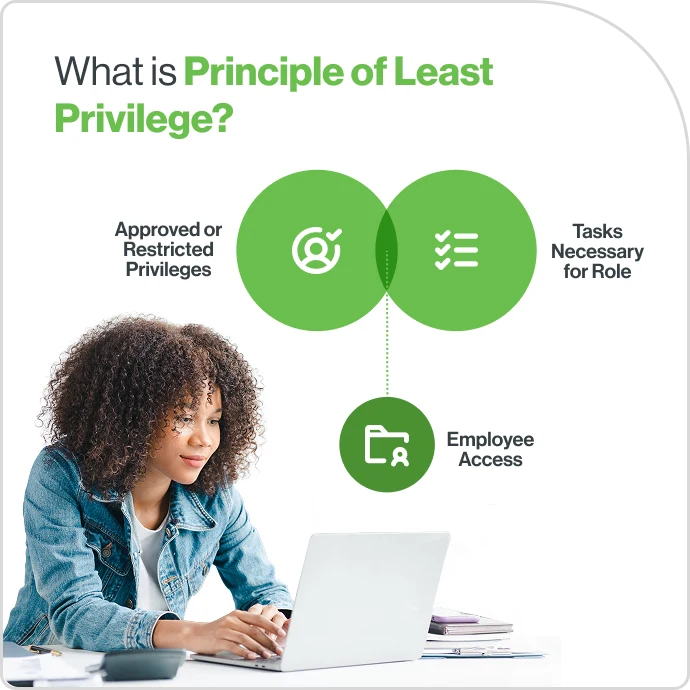Least privilege vs zero trust in cybersecurity implementations
Zero trust and least privilege share the same goal: reducing risk by controlling access. But they reinforce each other in different ways, and the strongest security comes when both are applied together.
Think of it this way:
Zero trust is the gatekeeper. It decides whether someone can approach the door at all, using identity verification, device health checks, and continuous monitoring.
Least privilege is the room key. Once inside, it limits where a user can go and what they can touch, ensuring access is tightly aligned to their role.
For example, imagine a contractor logging in remotely to update a cloud application.
Zero trust validates their identity with MFA, checks that their laptop is patched, and verifies the login is coming from an approved location.
Least privilege then restricts their account to the single app they need, blocking access to sensitive data, internal HR tools, or admin consoles.
If their credentials are stolen, the attacker faces both hurdles: they can’t get through the initial checks easily, and even if they do, their reach is tightly confined.
Zero trust and least privilege aren’t competing strategies; they’re layers. Zero trust sets the standard of “never trust, always verify,” while least privilege enforces “only what’s necessary, nothing more.” Combined, they create guardrails that protect hybrid environments, simplify compliance with frameworks like NIST and HIPAA, and reduce the blast radius of a breach.
Zero trust implementation often requires:



